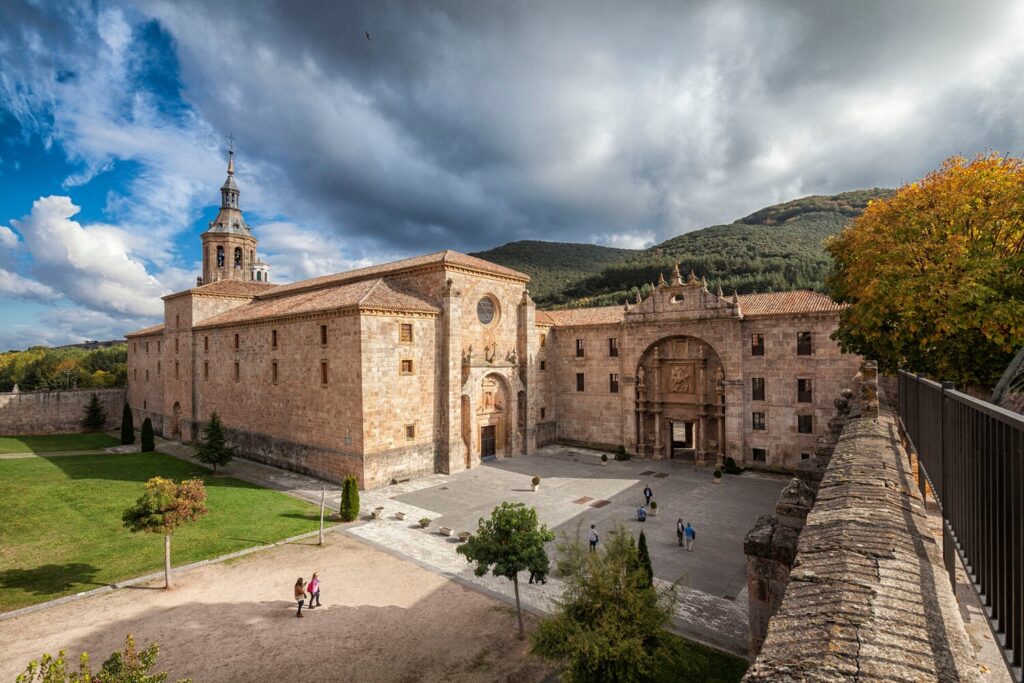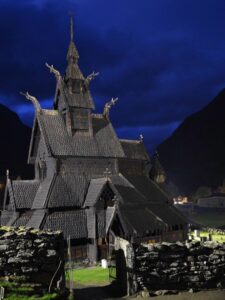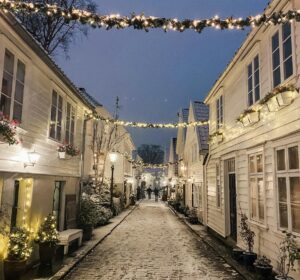La Rioja’s Monasteries of Suso and Yuso: Historical Landmarks
Nestled in the picturesque region of La Rioja, Spain, the Monasteries of Suso and Yuso are two of the most significant historical and cultural landmarks in the country. These monasteries, located in the small village of San Millán de la Cogolla, offer visitors a unique glimpse into Spain’s rich monastic history and the origins of the Spanish language. Whether you’re a history buff, a language enthusiast, or simply someone who appreciates beautiful architecture and serene landscapes, a visit to these monasteries is a must.
What to See
The Monastery of Suso, the older of the two, is a fascinating blend of Visigothic, Mozarabic, and Romanesque architectural styles. As you explore its ancient halls, you’ll find the cave-like hermitages where monks once lived in solitude. The most notable feature of Suso is its connection to the birth of the Spanish language. It was here that the first written words in Spanish and Basque were penned in the 10th century, known as the “Glosas Emilianenses.” These annotations in the margins of Latin texts are considered the earliest examples of written Spanish.
Just a short distance down the hill lies the Monastery of Yuso, a grander and more elaborate structure built in the 11th century. Yuso is renowned for its impressive library, which houses a collection of ancient manuscripts and books, including the original “Glosas Emilianenses.” The monastery’s architecture is a stunning example of Romanesque and Baroque styles, with its grand cloisters, ornate altars, and beautiful frescoes. The sacristy, with its intricate woodwork and paintings, is a highlight for many visitors.
A Bit of History and Interesting Facts
The history of the Monasteries of Suso and Yuso dates back to the 6th century when a hermit named Millán, later canonized as Saint Emilian, settled in the area. His followers established a monastic community, which eventually led to the construction of the Monastery of Suso. Over the centuries, the site became a center of religious and cultural significance, attracting scholars and monks from across Europe.
One of the most interesting facts about these monasteries is their role in the development of the Spanish language. The “Glosas Emilianenses” are not only the first written examples of Spanish but also provide insight into the linguistic evolution of the region. This makes the monasteries a pilgrimage site for linguists and historians alike.
In 1997, the Monasteries of Suso and Yuso were declared a UNESCO World Heritage Site, recognizing their historical and cultural importance. This designation has helped preserve the site and promote its significance to a global audience.
How to Get There and Tips for First-Time Visitors
Reaching the Monasteries of Suso and Yuso is relatively straightforward. The nearest major city is Logroño, the capital of La Rioja, which is well-connected by train and bus services from other Spanish cities like Madrid and Barcelona. From Logroño, you can rent a car or take a local bus to San Millán de la Cogolla. The drive is scenic, taking you through the rolling hills and vineyards of La Rioja.
For first-time visitors, it’s important to note that guided tours are available and highly recommended. These tours provide valuable insights into the history and significance of the monasteries, enhancing your visit. The tours are usually conducted in Spanish, but English-speaking guides can be arranged in advance.
When planning your visit, consider spending some time exploring the surrounding area. La Rioja is famous for its wine, and many vineyards offer tours and tastings. The region’s natural beauty, with its lush landscapes and charming villages, makes it an ideal destination for a relaxing getaway.
In conclusion, the Monasteries of Suso and Yuso are not just historical landmarks; they are a testament to the rich cultural heritage of Spain. Whether you’re drawn by their historical significance, architectural beauty, or linguistic importance, a visit to these monasteries is a journey through time that you won’t soon forget.








